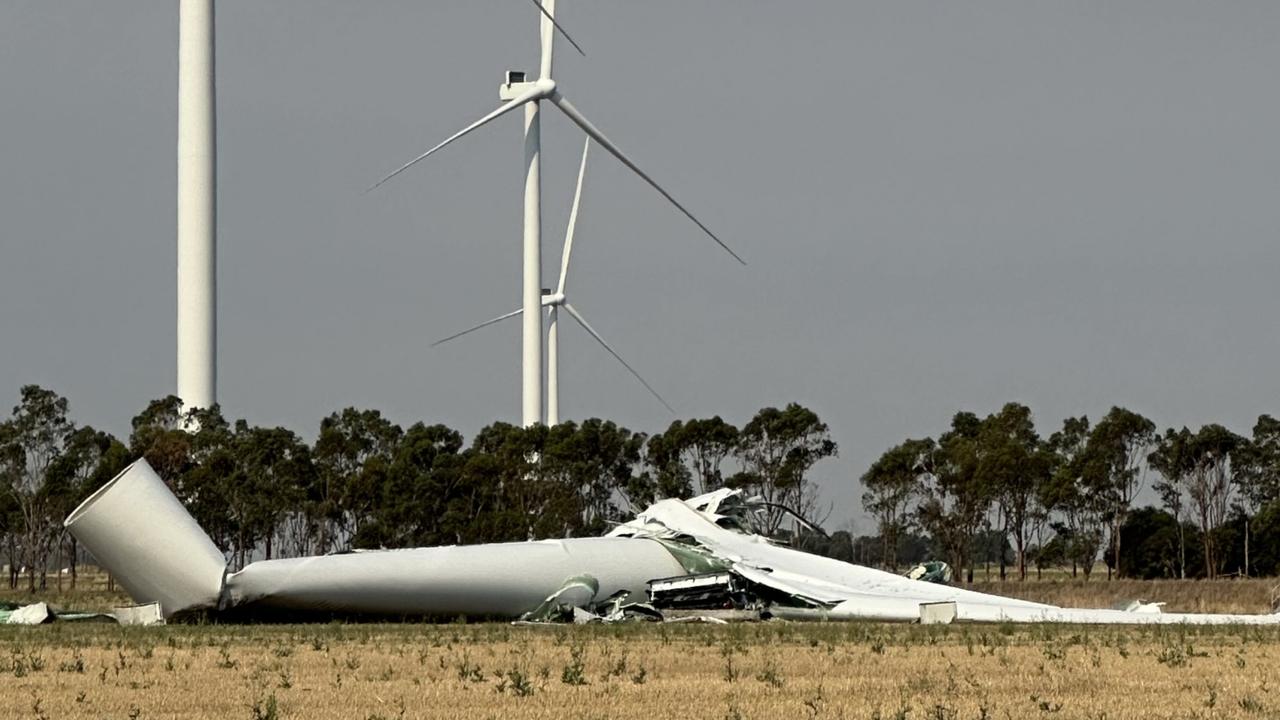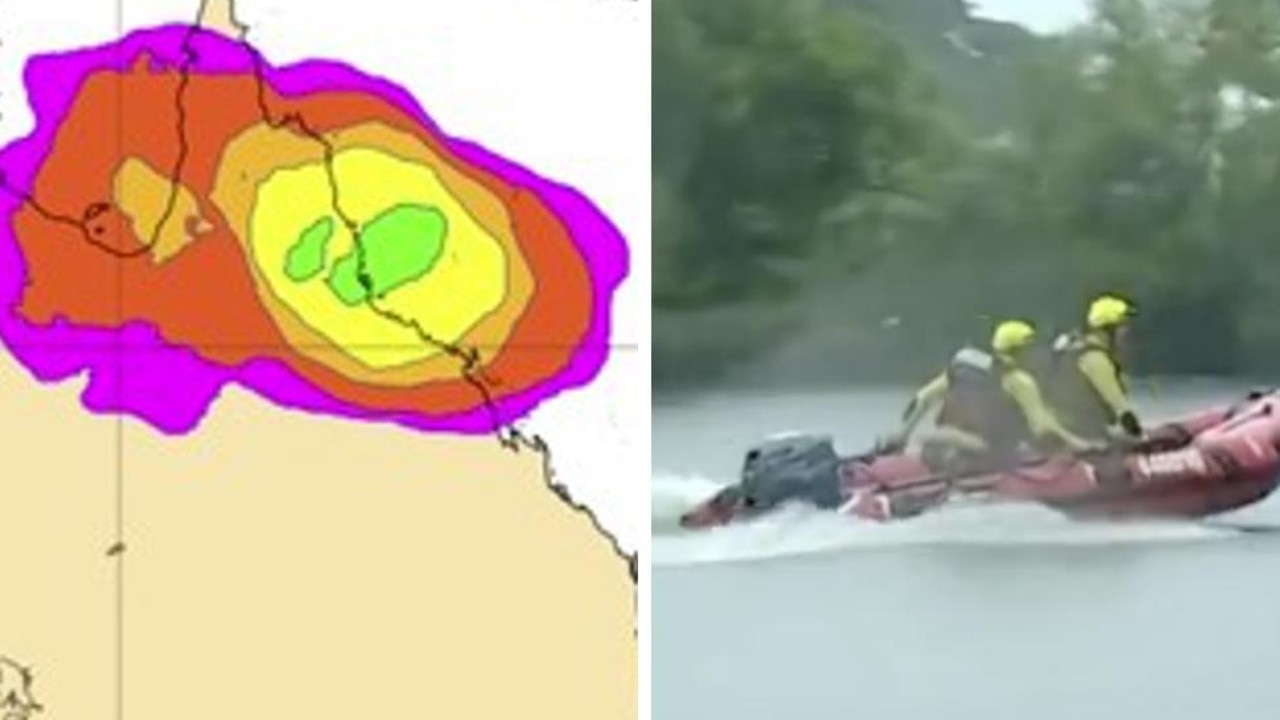La Nina ‘overwhelmed’ as 57 Australian towns record hottest ever November day
La Nina was supposed to bring cooler and wetter weather. It hasn’t happened with almost 60 Australian locations recording their hottest ever November.

Almost 60 towns and cities across Australia recorded their hottest November day since records began last month, new data has revealed.
A further 40 locations saw their hottest ever November night leading a weather watcher to remark “climate change is happening while we sleep”.
La Nina, which was declared in October and usually brings cooler weather, may have been “overwhelmed” by the scorching conditions.
The hottest locations were, perhaps unsurprisingly, in the deserts of South Australia.
But more populated centres also saw the mercury break records. Newcastle and Wollongong recorded their hottest ever November days and nights. While parts of Sydney, Adelaide, Perth and Melbourne all saw their average overnight temperatures last month rise by several degrees compared to a usual November.
In some cases, temperatures were almost 20C above the average for spring.
RELATED: La Nina declared: Unexpected effect of climate driver
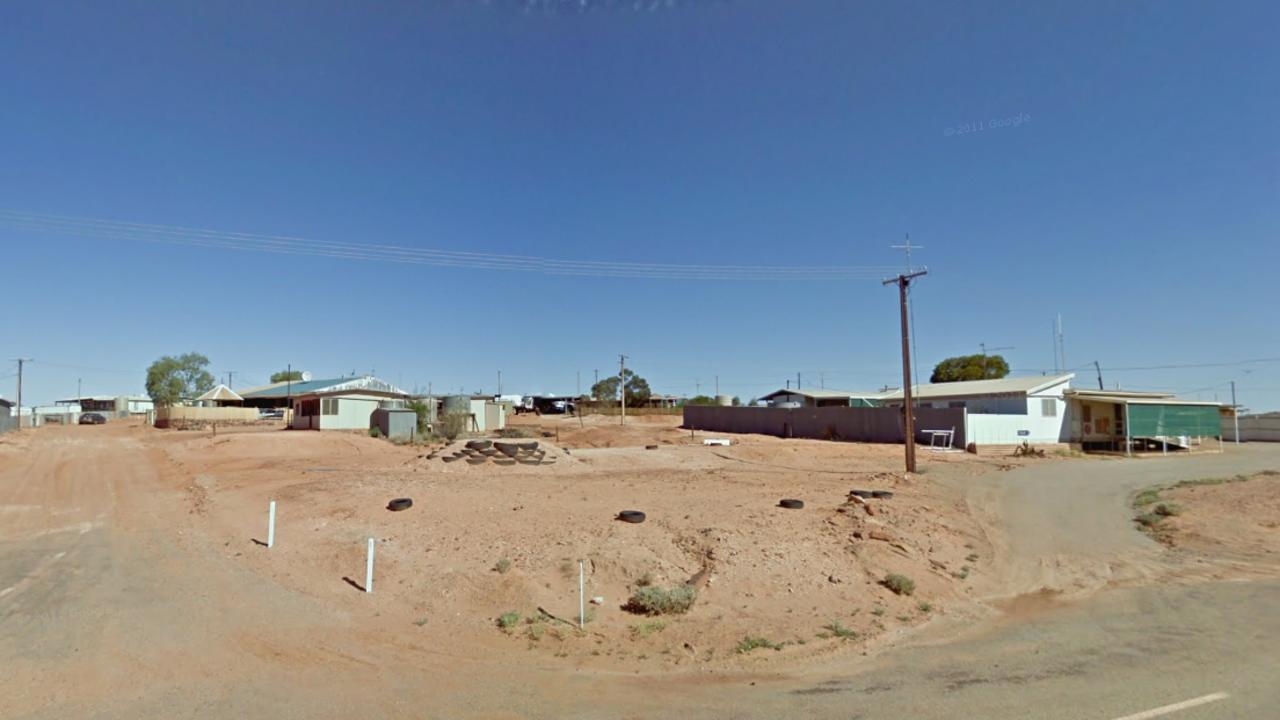
The Climate Change Communication Research Hub at Monash University crunched the numbers based on data from Bureau of Meteorology weather stations.
Of the 57 locations that had their hottest November day, 24 of those sport weather stations that had been in place from 30 years or more.
The BOM has already confirmed that, overall, last month was the hottest November on record in Australia. There are indications that it could also be soon declared the hottest November worldwide following unseasonal warmth in the continental US and parts of Latin America and Europe as well as Australia.
Andamooka, a small settlement in the north of South Australia topped out at 48C on 28 November, beating its previous monthly record of 45.7C set in 2014. The weather station there has been in operation for 52 years.
A string of nearby towns including Maree, Oodnadatta and Roxby Downs also saw their most blistering November days.
Menindee, south of Broken Hill, where a station has been taking measurements for more than a century, hit 45.4C on Tuesday of last week beating the previous record of 45.4C set in 2012.
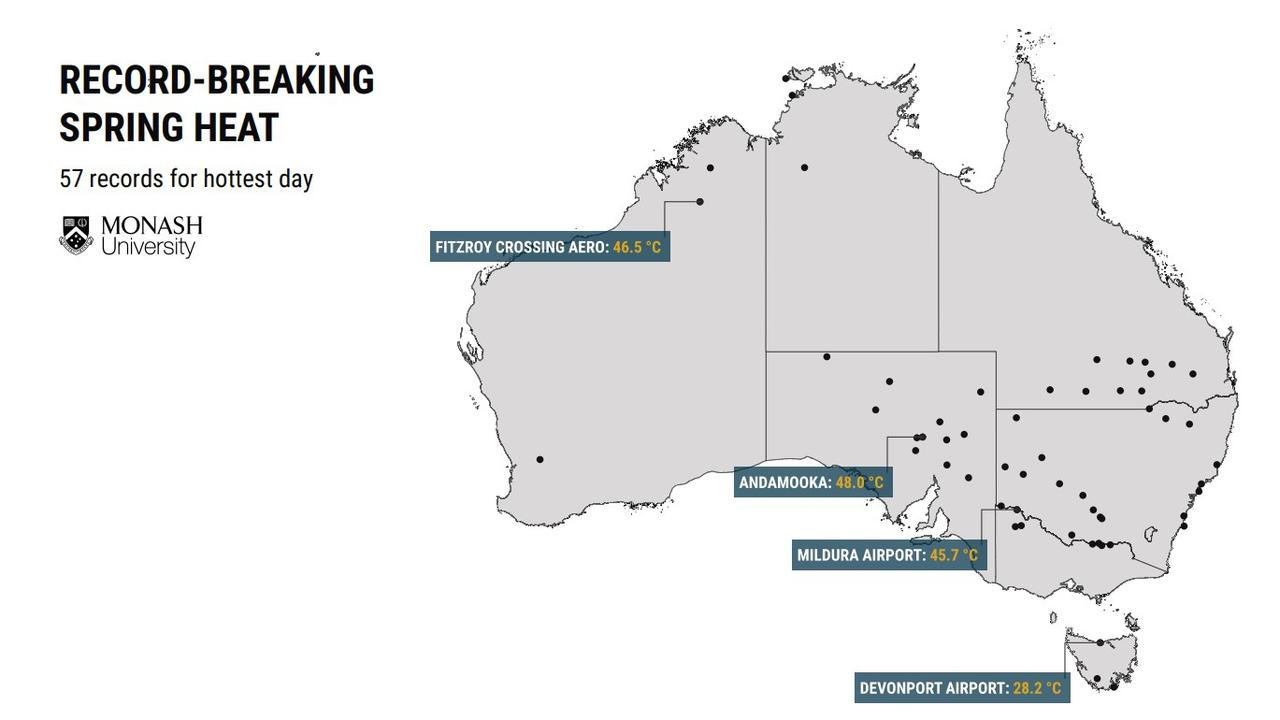
Newcastle University recorded 42.2C the same day, a touch over its previous high point of 42C set in 2009. Albion Park, near Wollongong, also saw its hottest November day.
Devonport’s 28.2C on November 20 is mild in comparison. Nonetheless, it has never been hotter at that weather station in that month since measurements began three decades ago.
On that day, the northern Tasmania town was 15C warmer than usual for this time of year.
Cobar in New South Wales saw its average daytime temperature for November 2020 even out at 29.3C, more than 3C above average.
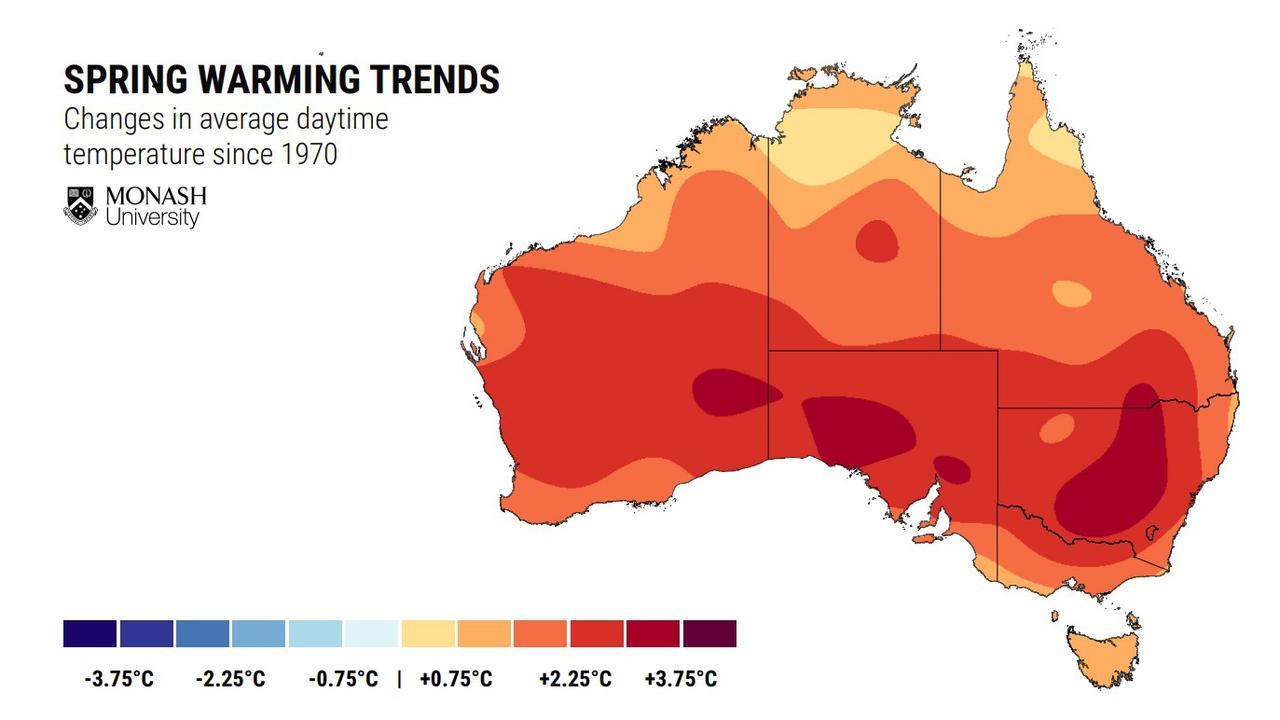
LA NINA ‘OVERWHELMED’
Monash University’s David Holmes told news.com.au that the sheer number of locations recording record heat was surprising given the La Nina climate driver is currently in full swing.
“It’s as though global warming is overwhelming the local variability of La Nina.
“La Nina usually means cooler and wetter weather but what we’ve ended up with is warmer and wetter conditions. It doesn’t seem to have had a cooling effect.”
Although, Prof Holmes cautioned that La Nina had only recently been called and it may have a greater effect as we get into summer.
RELATED: Nino 3.4 – Pacific Ocean patch that could change Australia’s weather
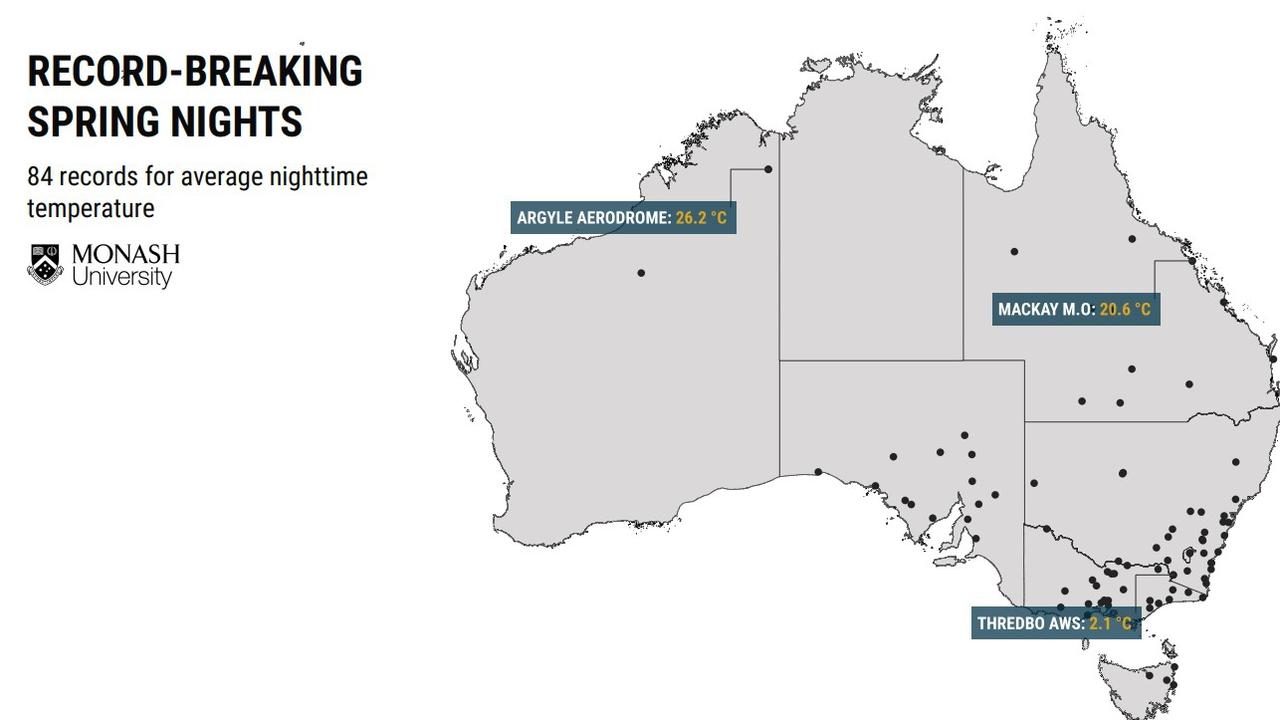
NIGHTS GETTING HOTTER TOO
The November nights were toasty too. Back in sweltering Cobar it reached 30.7C in the dead of night last Tuesday, breaking a record set in 1995. The spring night-time average is a mere 12.6C.
Sydney’s suburbs were smashed with overnight heat in November. Weather stations in Bankstown, Richmond, Badgerys Creek and Camden all broke night-time heat records, in some cases 14C above where the mercury would usually settle.
The November 2020 average night time temperature in Moruya Heads in southern NSW was 12.9C, more the 2C above the average that has been measured out across the 144 years since the weather station was established.
“With climate change your finding warm nights are increasing at a greater rate than warm days,” said Monash’s Prof Holmes.
“Climate change is happening while we are asleep. People tend not to notice what happens overnight when it is cooler but how cool it’s getting is decreasing. “


